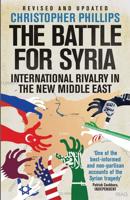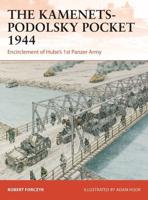Publisher's Synopsis
Doctrine for joint urban operations, which include aviation urban operations, combined with revised tactics, techniques, and procedures for joint close air support, offers the combined/joint force air component commander a set of best practices for conducting counterland operations on urban terrain. In this study, Lt Col Todd Kemper, USMC, argues that aviation urban operations, particularly urban close air support, are no longer high-risk, low-probability missions left to academic discussions, but are proving to be high-risk, high-probability missions, as witnessed during Operation Iraqi Freedom. Furthermore, the author contends that urban terrain has become the preferred battlespace of US adversaries in the early twenty-first century. This environment poses unique challenges, especially to air and space warfare. The difficulty of sorting friendlies from enemy combatants, the latter intermingled with large numbers of noncombatants in very confined spaces, creates serious dilemmas for maneuver and aviation forces. Colonel Kemper believes that this mission, though well documented, has received neither the priority nor the resources necessary to ensure operational excellence and success on the modern battlefield. Thus, he not only inquires about whether we are training like we fight, but also seeks to determine what makes aviation urban operations so complicated and unique that they require stand-alone doctrine, tactics, techniques, and procedures. Colonel Kemper examines aviation urban operations during Operations Allied Force, Enduring Freedom, and Iraqi Freedom, demonstrating the use of airpower and space power as a force multiplier and enabler in the urban environment. During those operations, tactical jets, bombers, AC-130 gunships, and unmanned aerial vehicles provided precision fires as well as command, control, communications, computers, intelligence, surveillance, and reconnaissance (C4ISR) support to the joint fight. Although each conflict is different, recent combat in Iraqi cities such as Fallujah and An Najaf indicates the enemy's willingness to drag US and coalition forces into urban warfare. In view of the possibility of collateral damage and with the world media watching, air and space forces can ill afford to get it wrong in urban fights. Colonel Kemper believes that the US Air Force, Navy, Special Operations Command, and Marine Corps should redouble their efforts from a doctrinal, organizational, training, material, leadership, personnel, and facilities perspective on the important mission area of aviation urban operations. His study concludes with recommendations for US Joint Forces Command and the military services.










